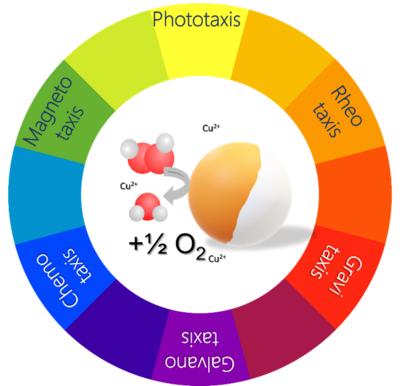Specialized iNANO lecture by Dr. Juliane Simmchen, University of Strathclyde
How smart does a material have to be to mimic biological behaviours?
Info about event
Time
Location
iNANO meeting room 1592-316
Organizer
How smart does a material have to be to mimic biological behaviours?
Group Leader Dr. Juliane Simmchen, University of Strathclyde, Scotland
While the behaviour of biological microswimmers is undoubtedly influenced by physics, it is often controlled and manipulated by active sensing processes. Understanding the respective influences of the environment can help to engineer the desired response in artificial swimmers. In most cases, the achievement of biomimetic behaviour requires an understanding of the swimming mechanisms of both biological and artificial microswimmers and the parameters that induce mechanosensory responses. Using several examples of tactical behaviour, I will show empirical examples of how active materials can be tuned to mimic bacteria or other microorganisms.

References:
[1] Colloidal Active Matter Mimics the Behavior of Biological Microorganisms—An Overview, A Nsamela, AI Garcia Zintzun, TD Montenegro‐Johnson, J Simmchen, Small 2022, 2202685.
[2] A Platform for Stop‐Flow Gradient Generation to Investigate Chemotaxis, Z Xiao, A Nsamela, B Garlan, J Simmchen, Angewandte Chemie International Edition 2022, 61 (21), e202117768.
[3] Upstream rheotaxis of catalytic Janus spheres, P Sharan, Z Xiao, V Mancuso, WE Uspal, J Simmchen, ACS nano 2022, 16 (3), 4599-4608.
[4] Apparent phototaxis enabled by Brownian motion, L Niese, L Wang, S Das, J Simmchen, Soft Matter 2020, 16 (47), 10585-10590.
